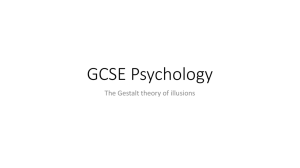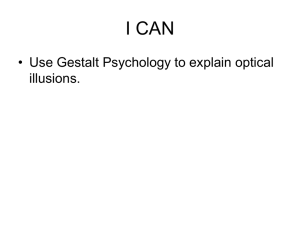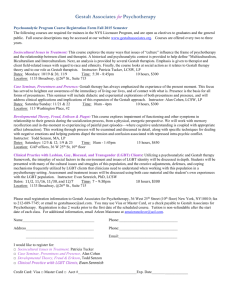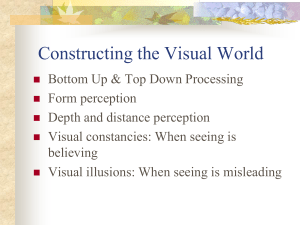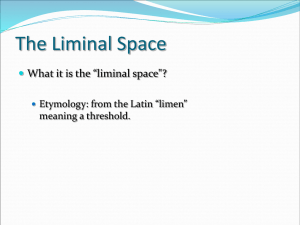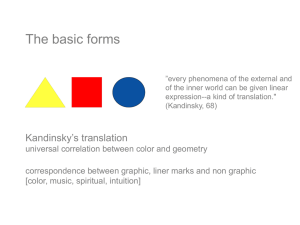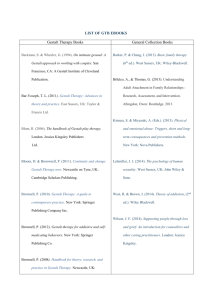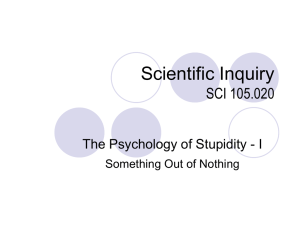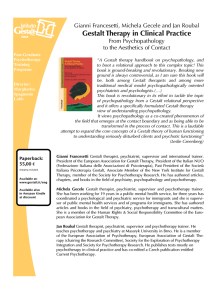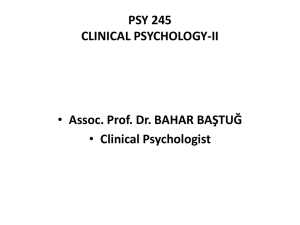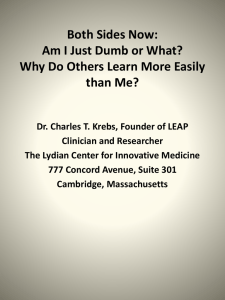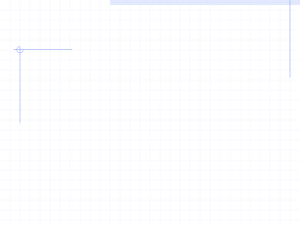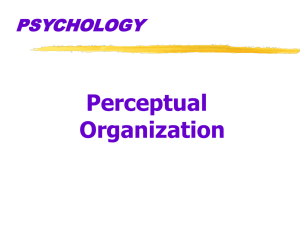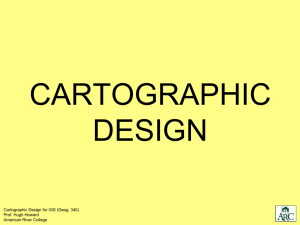Gestalt Theory of Illusions
advertisement
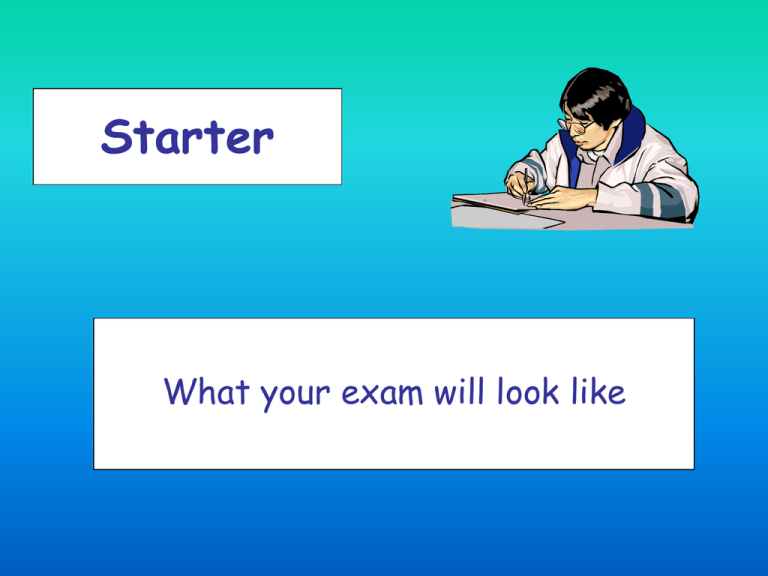
Starter What your exam will look like Learning Objectives Lesson 1 & 2 • To identify examples of Gestalt laws. • To understand and evaluate the Gestalt theory of illusions. • To recognise the differences between the Gestalt theory and Gregory’s theory, and their relative strengths and weaknesses. Gestalt Theory of Illusions • To understand Gestalt’s theory, first you need to understand the Gestalt Laws. – The whole is worth more than the sum of the parts – Figure and Ground Use the worksheet, to – Similarity draw illustrations for – Proximity each Gestalt law in your – Continuity books and write a – Closure sentence beside explaining them. Gestalt Theory • What are illusions? – – – – Fictions After effects Ambiguous Figures Distortions • For each illusion read the information and write a simple definition in your book. Gestalt Theory • The Gestalt Laws suggest that our perception organises the parts of a stimulus into a ‘whole’ • For example, we saw how we perceive groups and continuous lines using the laws of proximity, continuity and similarity. Because of figure-ground we separate ‘objects’ from ‘backgrounds’ • Select two examples of illusions we have studied in the last few weeks, and explain them using Gestalt theory, use the worksheet to help you. • Draw a table in your book. Compare responses for and against the 2 theories about Illusions: Gestalt for Gestalt Against Gregory For Gregory Against • Draw a table in your book. Compare responses for and against the 2 theories about Illusions: Gestalt for Gestalt Against Gregory For Perspective law Cannot explain any Linear Depth cues explains distortions other enable illusions distortion illusions than Muller-lyer Uses different explanations at different times Size constancy enables illusions Can help to explain ambiguous figures Gregory Against Curved lines don’t work like linear depth cues Learning Objectives Lesson 1 & 2 • To identify examples of Gestalt laws. • To understand and evaluate the Gestalt theory of illusions. • To recognise the differences between the Gestalt theory and Gregory’s theory, and their relative strengths and weaknesses.
